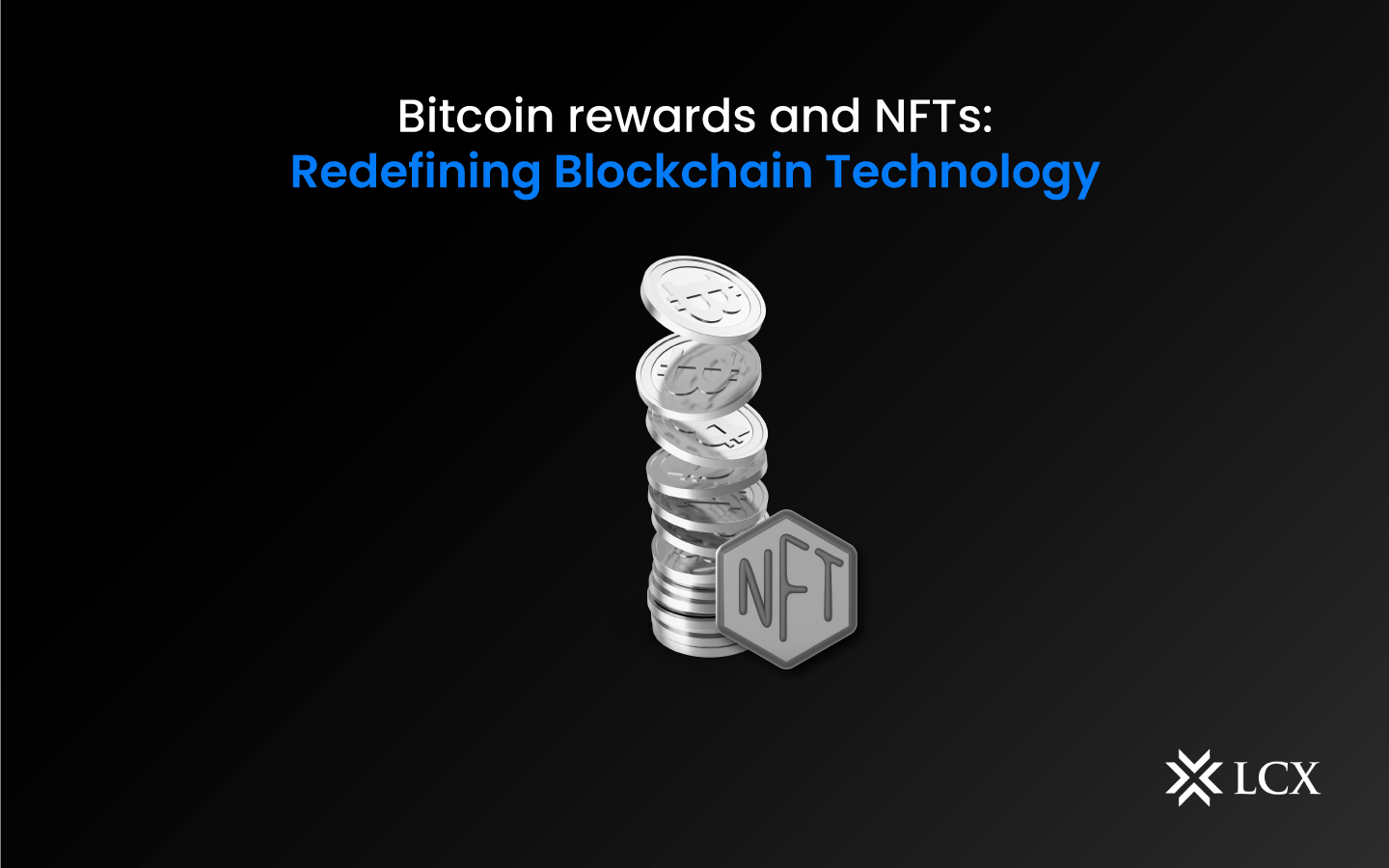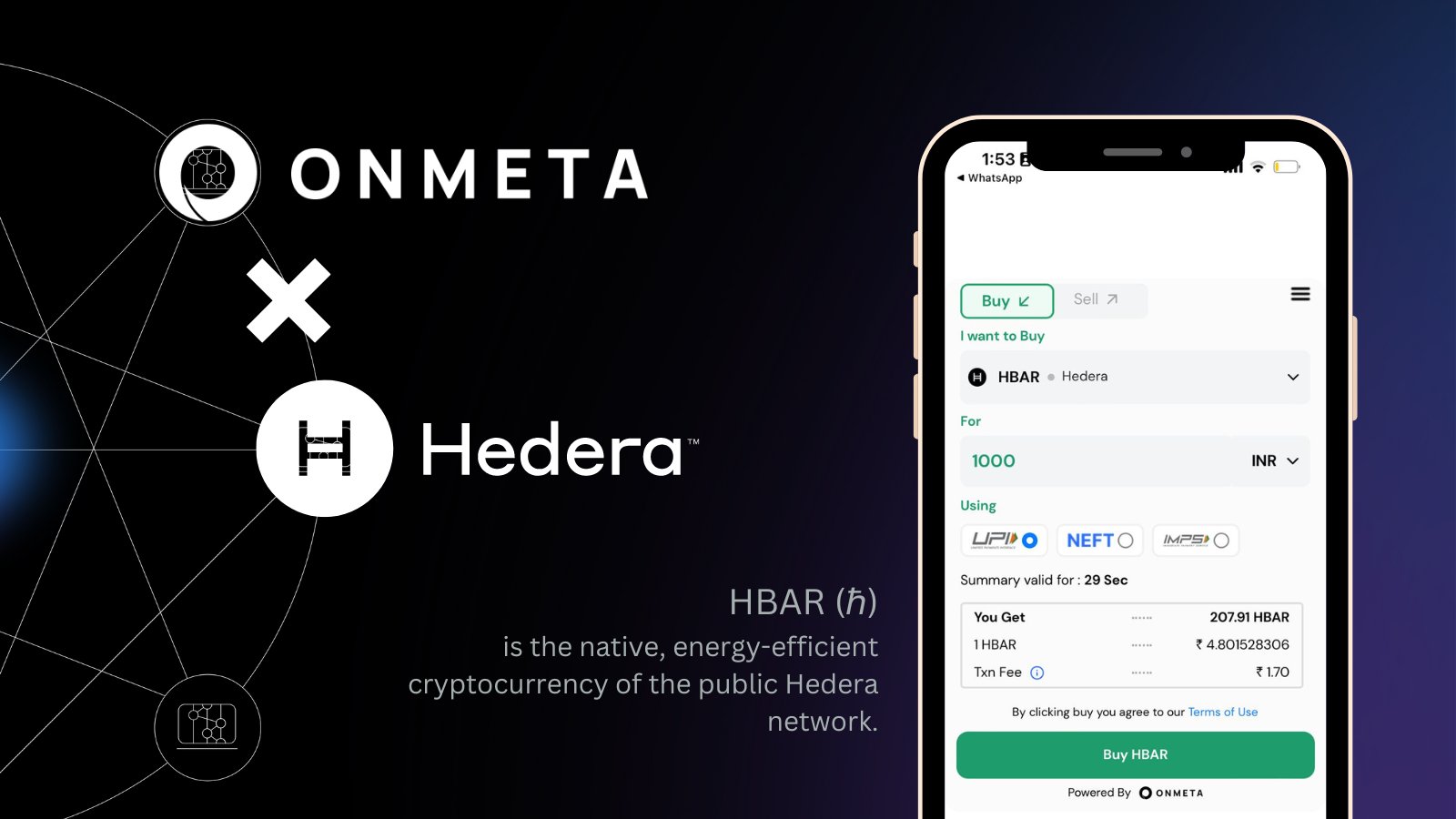Bitcoin Rewards and NFTs: Redefining Blockchain Technology

[gpt3]rewrite
Globally, blockchain technology is transforming businesses, and its growth and innovation opportunities appear to be endless. Bitcoin rewards and NFTs are illustrations of the expansion of blockchain technology and its future impact on various industries. Blockchain, the public, decentralized system that verifies crypto transactions and records ownership of non-fungible tokens, takes an enormous amount of computational power as well as electricity.
What are Bitcoin Rewards?
Even after the bitcoin network has mined 210,000 blocks, or about once every four years, the block reward given to Bitcoin miners for processing payments is cut in half. This event is referred to as a “halving” since it halves the rate at which new bitcoins enter circulation.
This reward scheme will continue until the intended limit of 21 million coins is reached around 2140. Then miners will be compensated with transaction fees, which network users pay. These fees ensure that miners remain motivated to participate and maintain the network’s functionality.
One bitcoin app rewards users and allows them to earn bitcoin or cash back when they spend at over 10,000 establishments including McDonald’s, Starbucks, Dunkin’ Donuts, CVS, Costco, etc.
In 2009, the reward for each chain block mined was fifty bitcoins. As of April 2023, there were about 19.3 million bitcoins in circulation, and 1.68 million were released as mining incentives.
The impact of bitcoin rewards and NFTs on various industries is immense. Here are some potential future contributions they could make to blockchain technology:
Greater adoption: As more individuals mine bitcoin and create NFTs, the technology becomes more accessible and widespread. This could lead to increased use of blockchain technology across businesses.
Enhanced Security: Bitcoin rewards promote bitcoin mining, which strengthens the security of the network. This improved security could make blockchain technology more attractive to industries that require high levels of security, such as finance and healthcare.
Effective transactions: NFTs allow for more efficient buying and selling of assets, as well as shared ownership. This can result in more cost-effective and efficient transactions across industries, thereby reducing expenses and increasing productivity.
New business models: Bitcoin rewards and NFTs enable the creation of historically unimaginable new business models. This can result in the formation of new businesses and sectors, encouraging job creation and economic expansion.
Nevertheless, the expansion of blockchain technology through bitcoin rewards and NFTs presents a number of possible obstacles. One difficulty is regulatory oversight. Authorities will need to control the technology to guarantee that it is used legally and ethically as it expands.
Another difficulty is scalability. As more individuals mine bitcoin and create NFTs, the blockchain network becomes congested, resulting in slower transaction times and increased transaction fees. This may limit the future expansion of blockchain technology.
Proof of Stake (POS) Over Proof of Work (POW) Mechanism
Many of the most popular cryptocurrencies rely on “Proof of Work” methods, which use more energy. In POW systems, miners compete to solve problems the fastest in exchange for cryptocurrency incentives. Such POW systems require a lot of energy.
“Proof of Stake” systems, on the contrary, rely on market incentives, and “validators” make a deposit (a stake) in exchange for the privilege of adding blocks to the blockchain. Reducing rivalry in the system by using Proof of Stake (POS) is said to reduce carbon dioxide emissions by 99.9 percent compared to Proof of Work. Ethereum, the second largest blockchain, has just migrated from a POW system to a POS system.
Using sustainable energy sources such as solar mining and other green energy sources is an obvious method to make blockchain more sustainable.
Headquartered in Iceland, Genesis Mining is one of the world’s largest miners, uses only renewable energy, and enables cloud-based Bitcoin and Ethereum mining.
Although storing renewable energy can be challenging, several nations have a clear advantage. For example, virtually 100% of Paraguay’s energy comes from hydroelectric sources. Bitcoin mined in this nation will have a smaller carbon footprint than Bitcoin mined in countries dependent on fossil fuels.
Conclusion
Bitcoin rewards and non-fungible tokens have the potential to change various industries and accelerate the development of blockchain technology. Although there are obstacles associated with this growth, the benefits of blockchain technology are too great to ignore. Looking to the future, it is certain that blockchain technology will have a significant impact on the world we live in.
[gpt3]
























